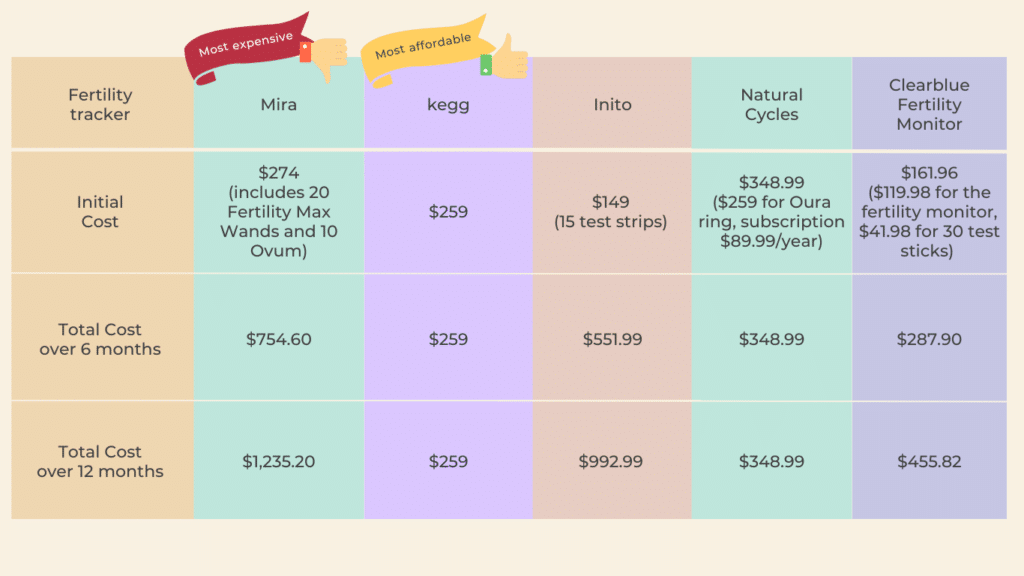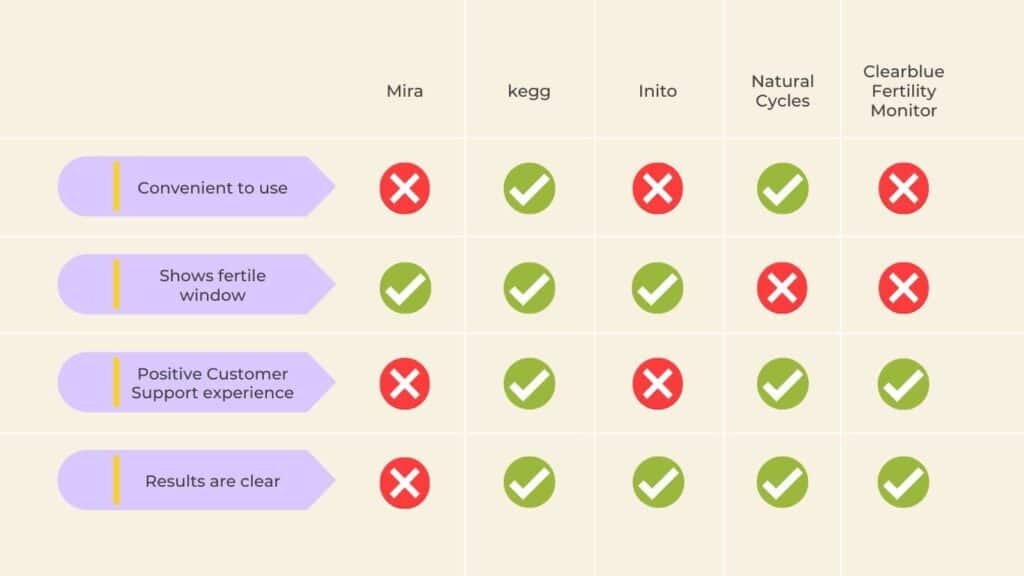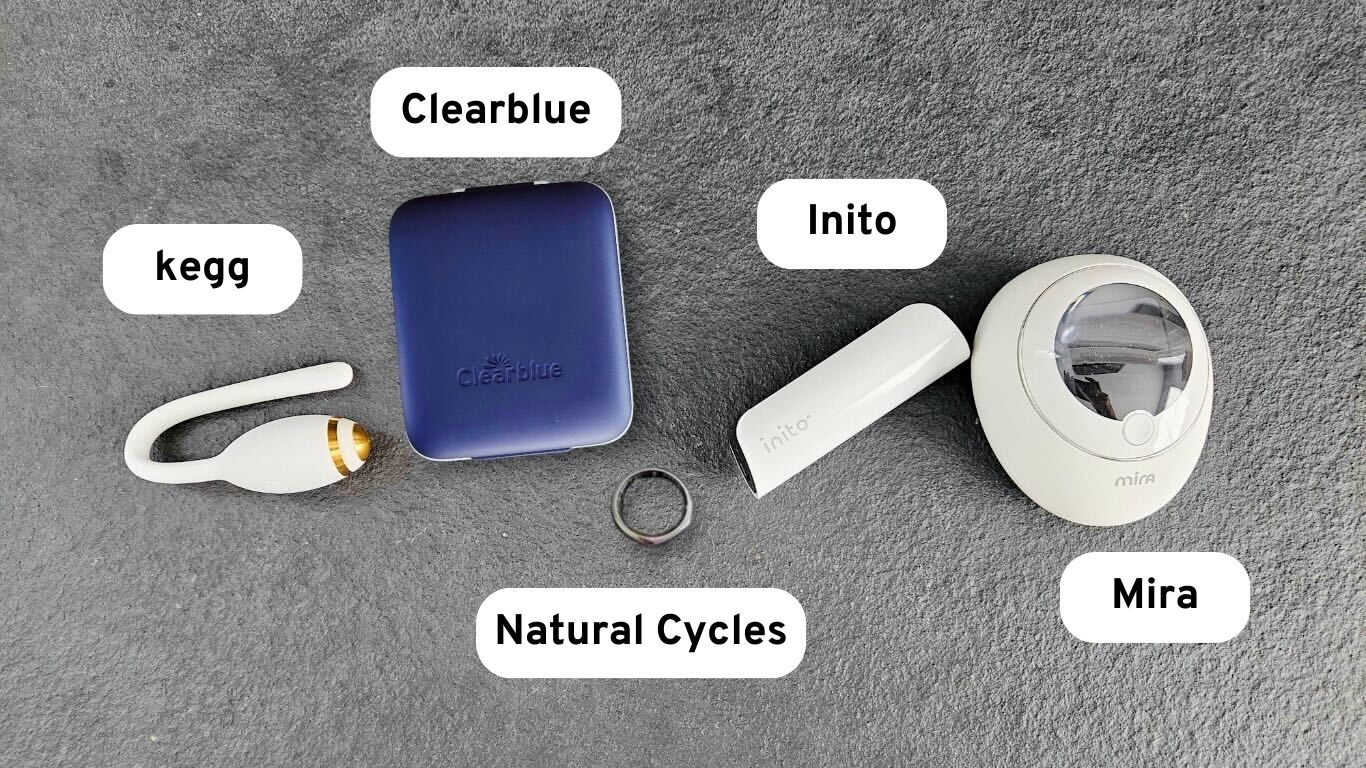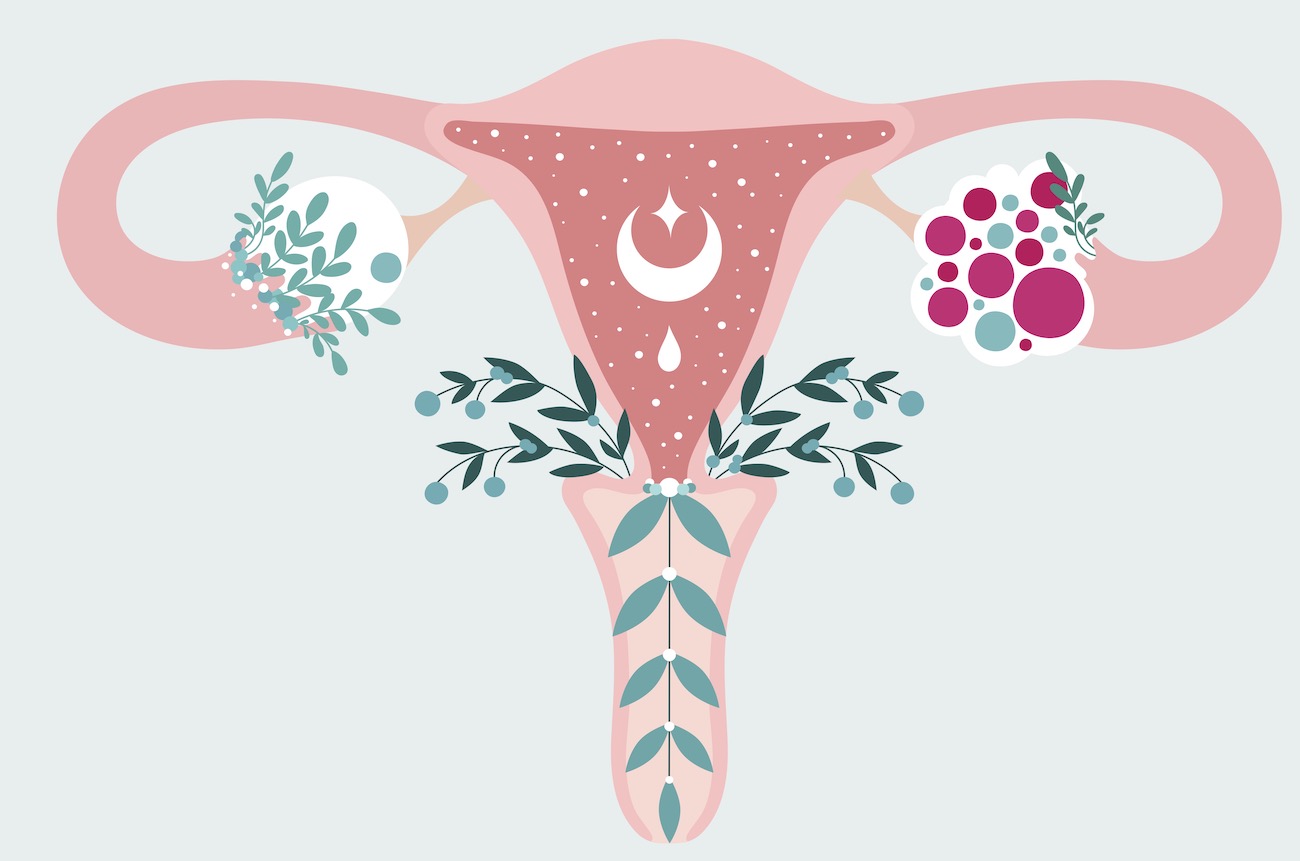*Note November 12, 2025: Some of the fertility trackers we reviewed are currently running Black Friday Sale. You can save up to 58%. Keep reading to learn more.
While trying to conceive my first baby, I tried every popular fertility tracker to determine how much they truly cost to use, how well they work, and which is the best option out there.
As a journalist, it is my job to learn all the nitty gritty details about a subject. I tend to carry this over to my personal life, though – from small electronics, toys for my nephew, dog foods, home delivery meal services, and supplements – you name it, I’ve investigated it. When my husband and I started to try to get pregnant, like most, I decided to get a fertility tracker to make the process easier. I was taken aback by the prices of them, however, and decided to make this a professional pursuit to determine the winner. Happy to report, we conceived after 6 months, and we will welcome our little girl later this year!
I scoured the internet to find the trendiest fertility trackers. While details about what they tracked, their ease of use, and the data you can expect to see is plentiful, there is limited information available comparing their costs overtime. When you start your trying to conceive journey, you never imagine it taking long, but did you know you only have a 15-25% chance each cycle? In fact, 80% of women conceive within 6 cycles, but only 30% conceive on the first cycle. You need to select a device that will fit your budget for use for at least 6 months, and oftentimes, much longer.

Shocking costs
While fun to experiment with all of these fertility trackers, it was very expensive! It was shocking to me that devices with lower start up costs can be some of the most costly. Mira, for example, with a start-up cost of a reasonable $249, cost me an excessive $754.60 over 6 months. kegg on the other hand, had a start-up cost of $249, and ended up being the least expensive option due to the fact that there was no further cost of use. When you factor in that all of the other devices have a monthly cost with either subscription costs or in test sticks, they end up being very expensive in the long-run.
Cost
To further break down the cost, I want to itemize the costs for each device. I chose the Clarity Bundle with Mira ($274) which included 10 Ovum wands (which test FSH), and 10 MAX wands that detect E3G, LH, and PdG. Since my cycles average a bit on the longer end, each cycle required around 20 MAX wands, and I purchased 6 refills of the MAX wands at $80.10 a pop. Per Mira’s recommendation, I tested my FSH for 2 cycles, between cycles days 3-5.
I followed all of kegg’s recommended use directions. The initial start-up cost was $249. There are no app or subscription fees, and since the device itself directly reads the cervical fluid, there were no wands or sticks to purchase.
I decided to purchase the Oura ring ($259), recommended by Natural Cycles. While this makes the program significantly more expensive in comparison to their oral thermometer, my sleep schedule is never consistent due to my profession so, I knew that oral temping would be inaccurate. Since it was cheaper to purchase a year versus month to month, I paid for a year subscription of natural cycles for $89.99.
Clearblue’s start-up cost was low, at $119.98 for the fertility monitor. The test sticks though are 41.98 for 30 test sticks, and I used about 20 sticks per cycle and purchased 4 refills.
Convenience of use
Each device is a little different in terms of its convenience of use. My personal preference was kegg. I used kegg while I removed my makeup in the evening – so in short, it does not disrupt my routine, sleep, or habits at all. I can’t say the same about any of the other trackers. In only 2 minutes I can see my results, but with Mira I waited 15 minutes and with Inito, the results took 10 minutes. This is annoying when you are trying to get to work or get on with your day.
Mira, Inito, and Clearblue require first-morning urine, which, after a week, I grew tired of and realized how hard it is to remind yourself to do it immediately upon waking. I also found it very messy. I spilled my urine a couple of times and the act of plugging a urine stick next to my phone was always, well not the most convenient experience.
So, what worked?
At the 6 month mark, I conceived. And for someone my age (37), I am thrilled and have to think all of this data helped. It is difficult to pinpoint exactly what worked, but I was able to make some definitive conclusions regarding the functionality and accuracy of the most popular fertility trackers on the market.

Cervical Fluid Trackers
At the time of writing, kegg is the only fertility tracker that uses impedance technology to detect the changes in the cervical fluid (not to be confused with vaginal trackers that detect core body temperature). This unique property alone sets kegg apart from the competition and allows the user to uniquely see their fertile window in real-time, and know when the vaginal environment is prime for sperm’s survival. The 6th cycle, during which time we conceived, my partner and I had intercourse 2 days before my surge in luteinizing hormone. With kegg, I could see the vaginal environment was “ripe” so we went for it, but our schedule conflicts prevented any further baby dancing that cycle. Had it not been for kegg, I would have suspected it was too far from ovulation to have given us a chance at conception. I do truly feel my positive pregnancy test was the result of understanding my fertile window with kegg.
*Note November 12, 2025: You can now save 58% Off kegg’s Conception Guarantee Bundle. Learn more here.
Urine Hormone Metabolite tests
Inito, Mira, Premom, and Clearblue all use the same technology to determine the various fertility parameters by detecting the urine metabolites for various fertility hormones.
Clearblue proves to have very limited flexibility in the app use. If you don’t begin using Clearblue on the proper cycle day, you cannot use the device for that cycle. If you do not take your reading within your assigned timeframe, you cannot take a test. I understand the need to test around the same timeframe, but not being able to take a test is frustrating, especially given my schedule limitations. Clearblue only assigns a fertility level and does not provide a numeric value. Additionally, it does not test PdG and therefore cannot confirm ovulation.
Mira provides numeric values for the hormones tested, which depend on the type of stick (read: the amount of money you spend on sticks). I was increasingly frustrated by the fluctuations in my readings that did not appear to trend with my true fertile window.
Inito’s single wand tests all 4 hormones (E2, PdG, LH, and FSH). That’s where my favor of Inito ends, however. I experienced an astronomical amount of stick errors and had to then use another test stick (read: more money!). The start of my fertile window was never clear-my estrogen would rise and fall, and my LH surge could be over a week later. I suspect my urine concentration played a role here. My fertile window prediction was constantly updating which left me more confused since my own interpretation of the data was coming up empty-handed. It was interesting to note that knowing the numeric values of my LH and Estradiol did not serve me. I see many women discuss how important this is, but what does an E2 value of 57 tell me? The app does not specifically provide insights into these data points beyond the ever changing fertility status.
Basal Body Temperature Tracking
Natural Cycles tracks the cycle using basal body temping which is not a new technology, but this app embeds its algorithm to both predict your fertile and non-fertile days in the current and future cycles. While helpful for confirming ovulation after the fact, this device is not at all insightful in determining the opening of the fertile window. The temperature metric can only show a temperature shift which occurs after ovulation. I do think basal body temping does have a role in fertility tracking, particularly if cycles are irregular and you see multiple fertile windows in a cycle. Wearing the Oura ring was comfortable, however, and did not impact my sleep or routine at all.
The Bottom Line
Trying to conceive isn’t for the faint of heart, and keeping your budget in mind over the long-term is paramount when choosing the right fertility tracking device for you. This experiment proved insightful; I Iearned a lot about my body’s unique cycle fluctuations. When we gear up to try to conceive number 2 though, I’ll likely dust off my kegg and start there since there will be no further cost to me and the fertile window prediction was just as accurate as the more expensive devices.




